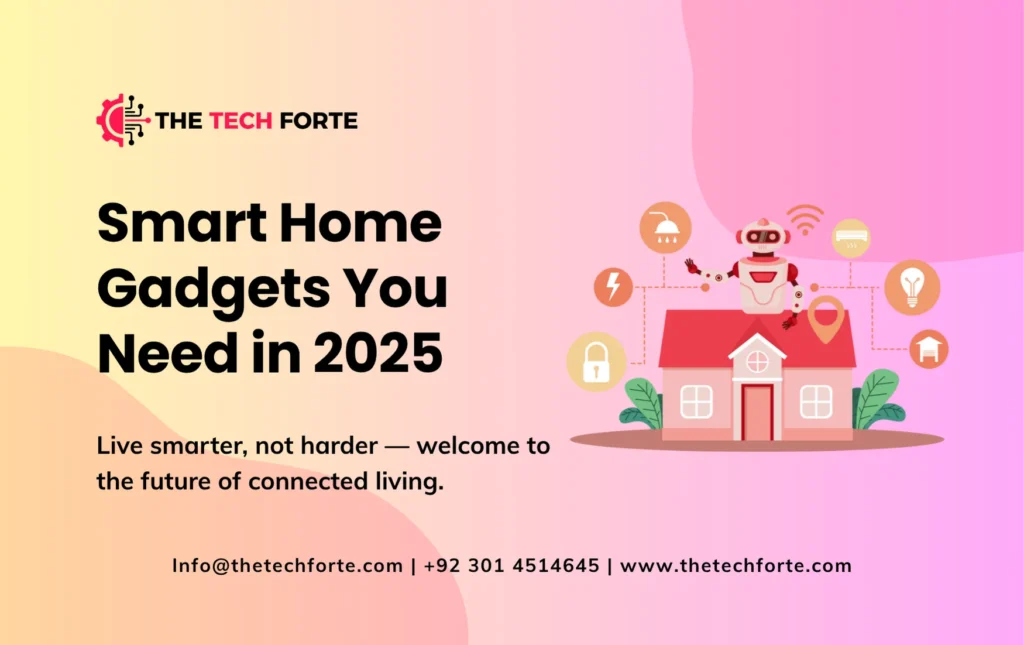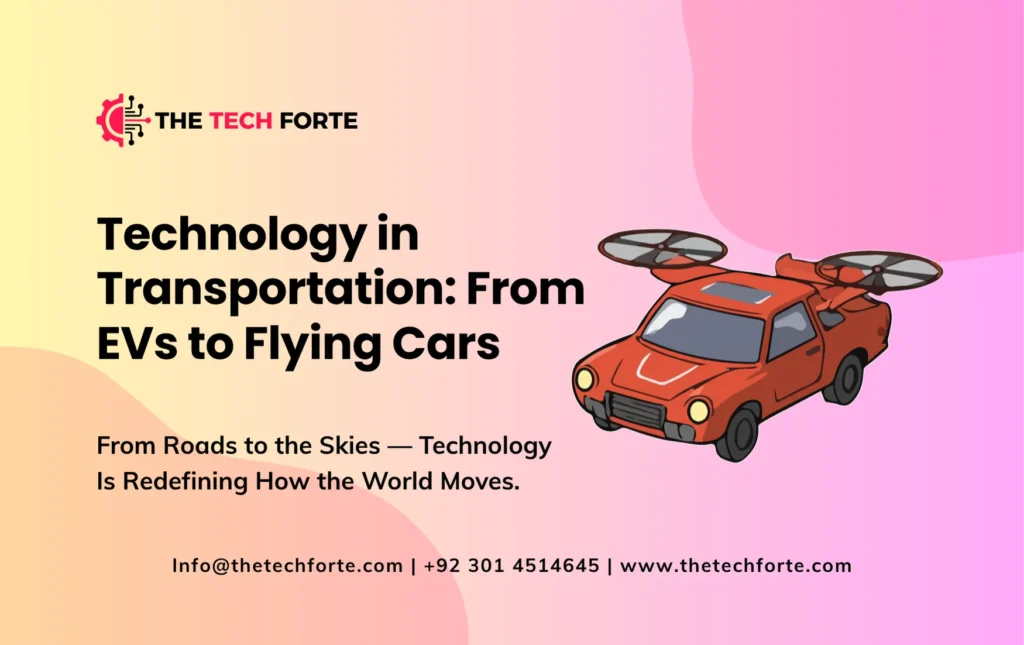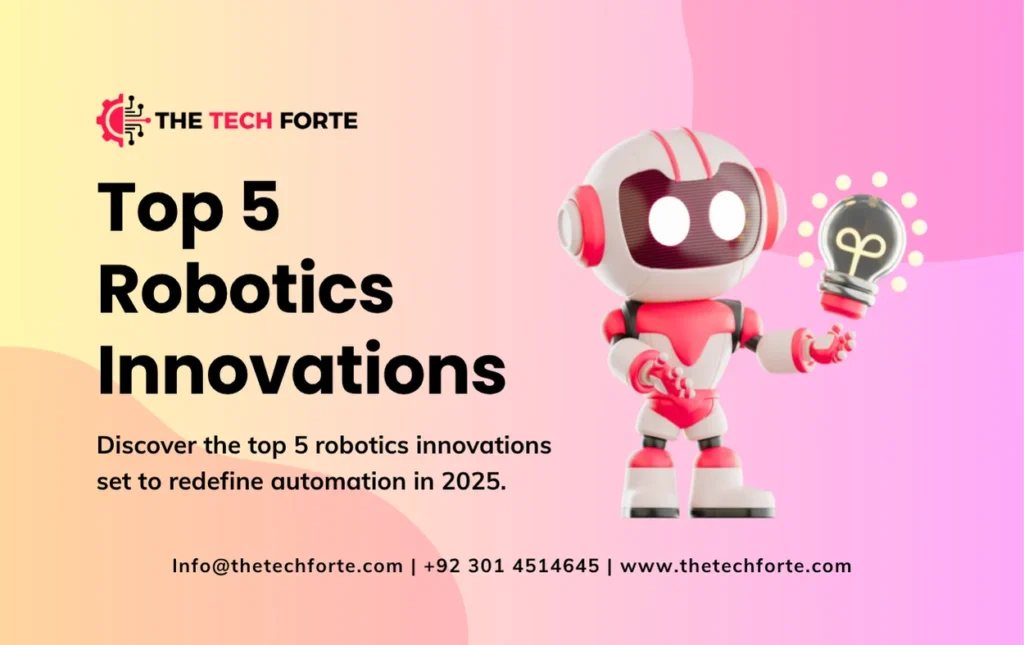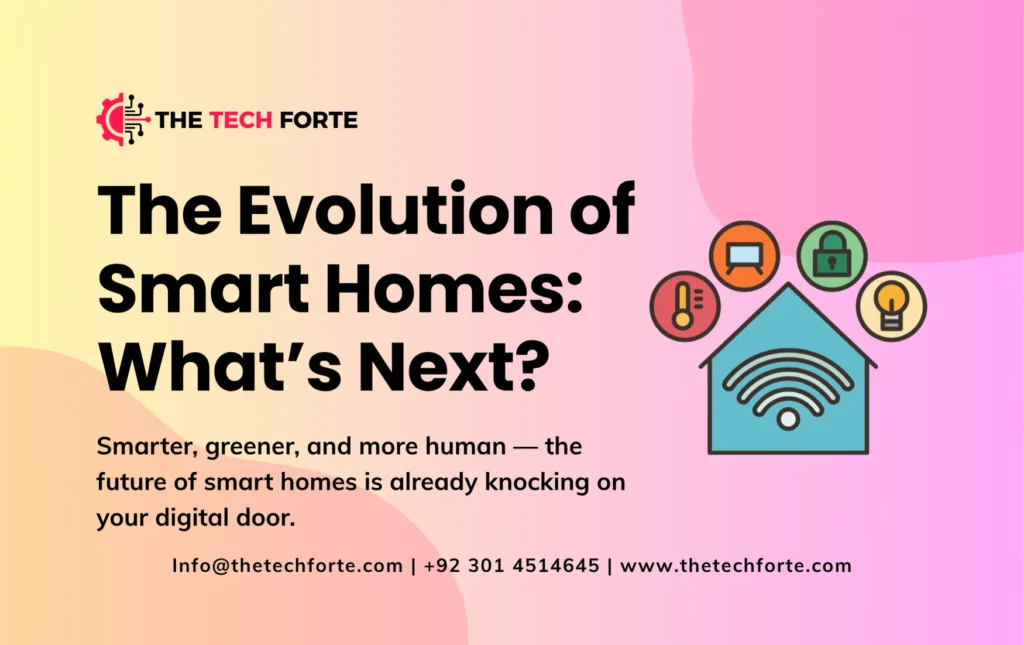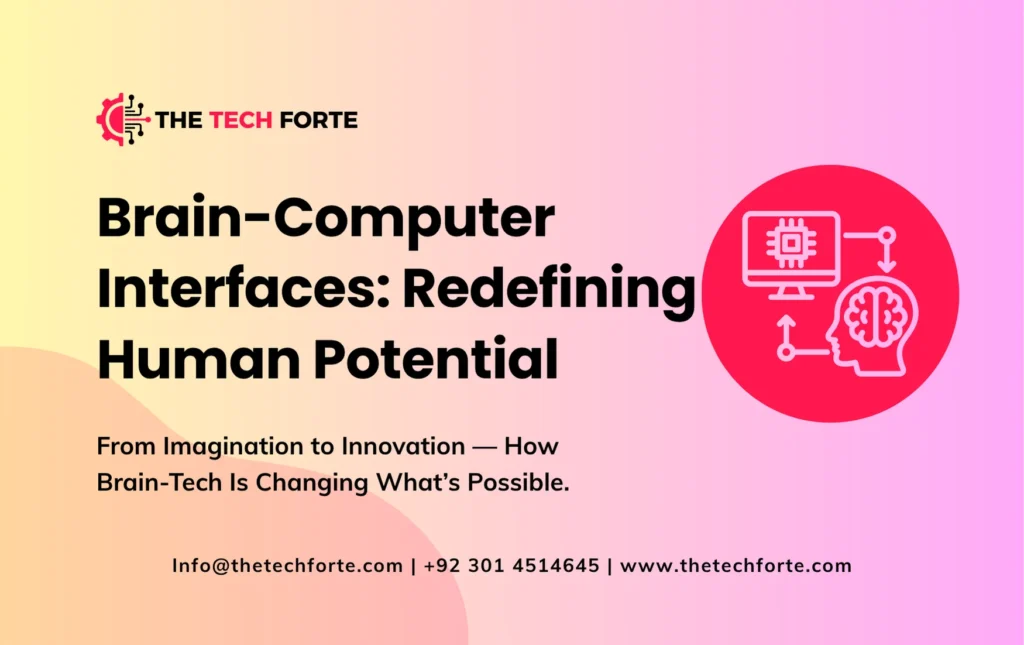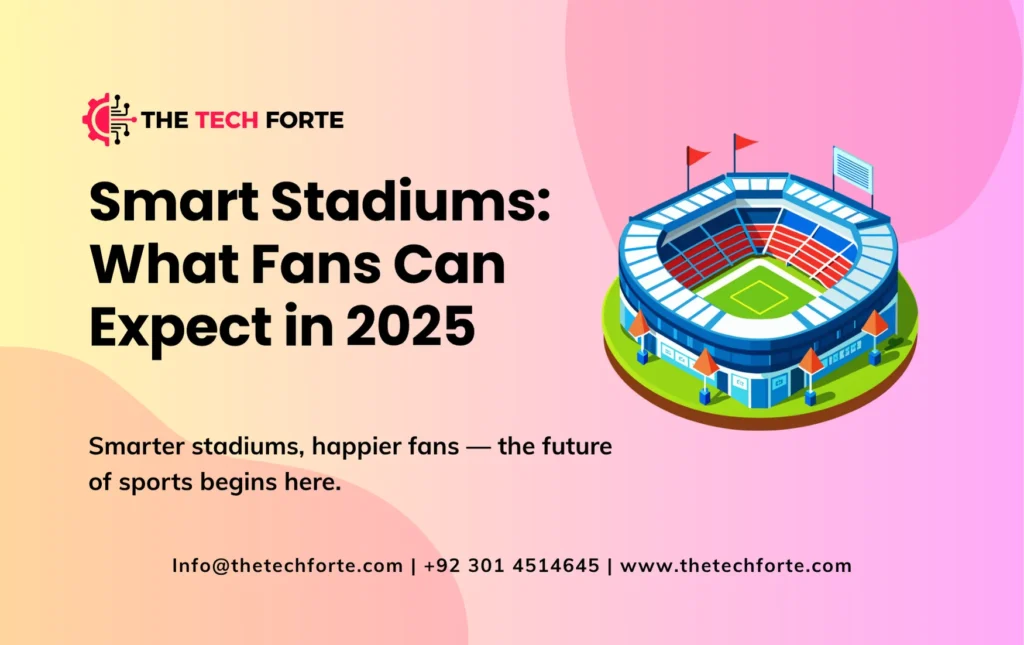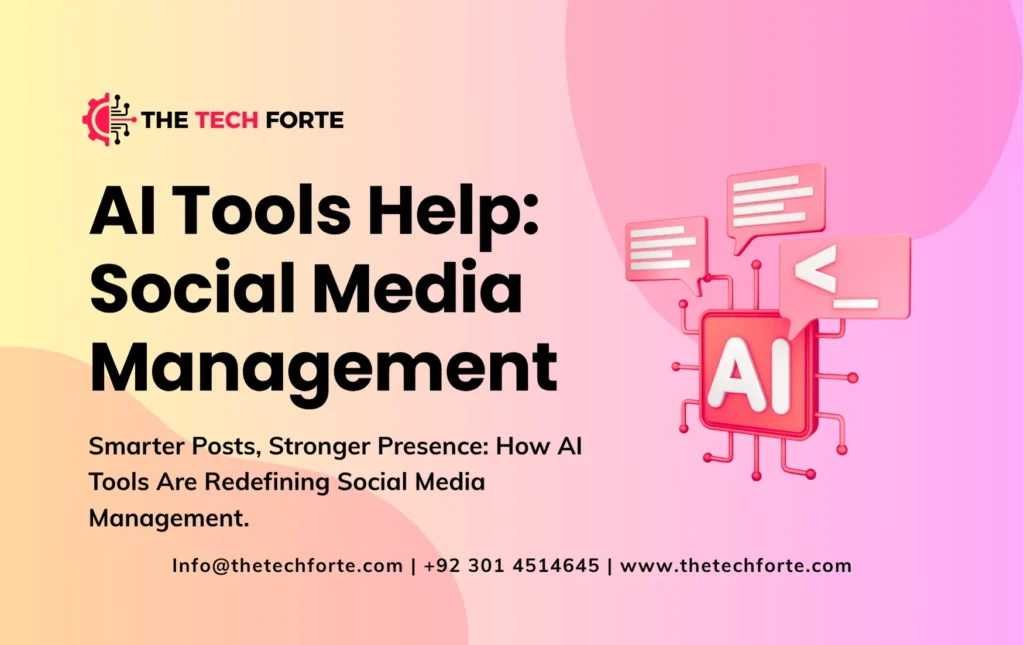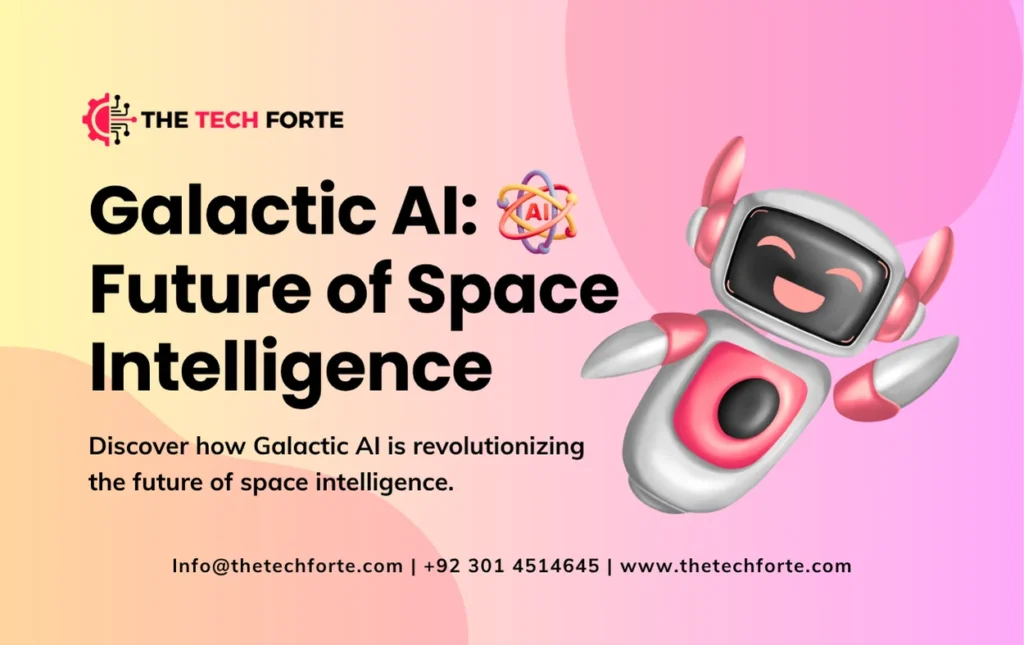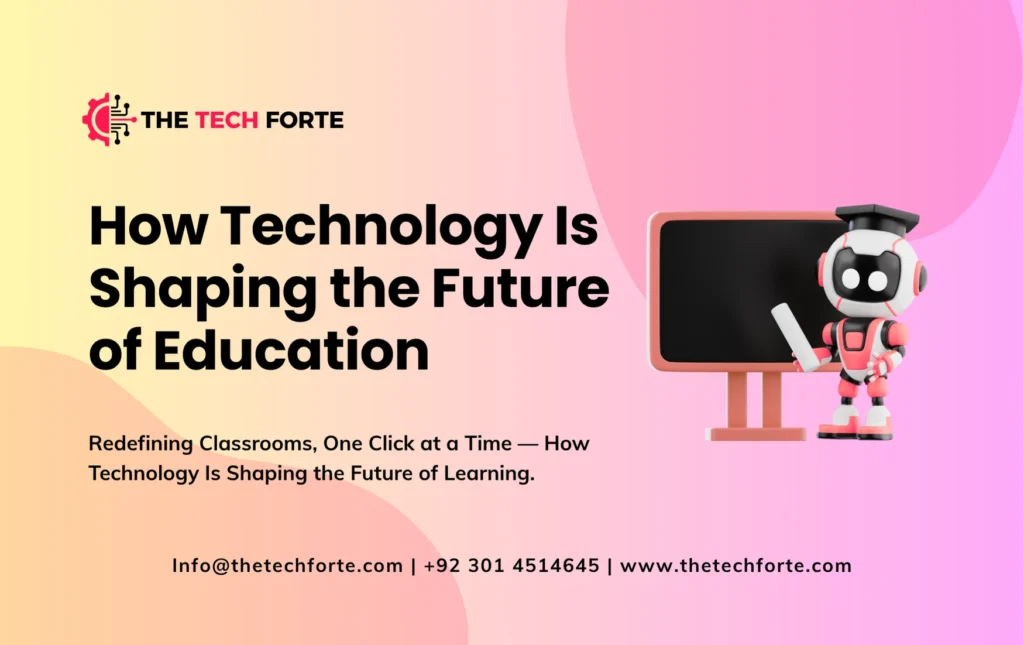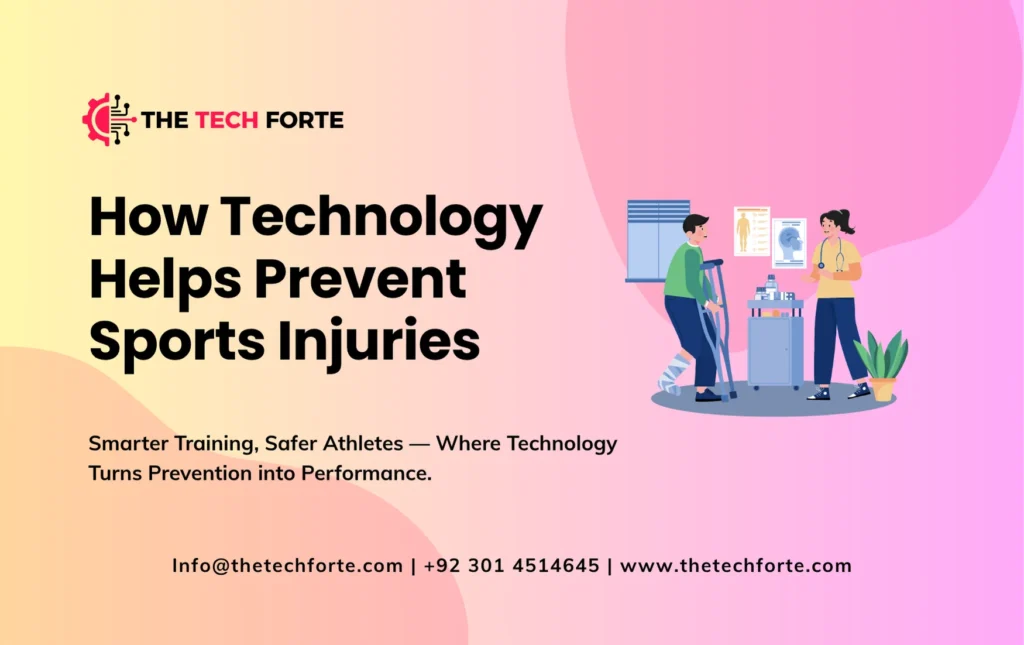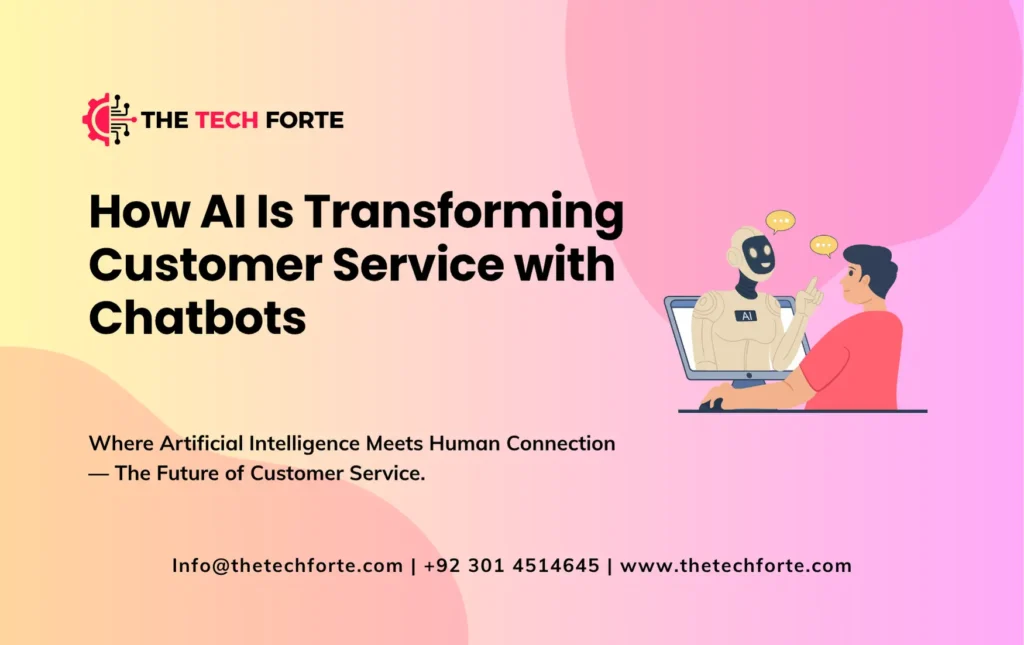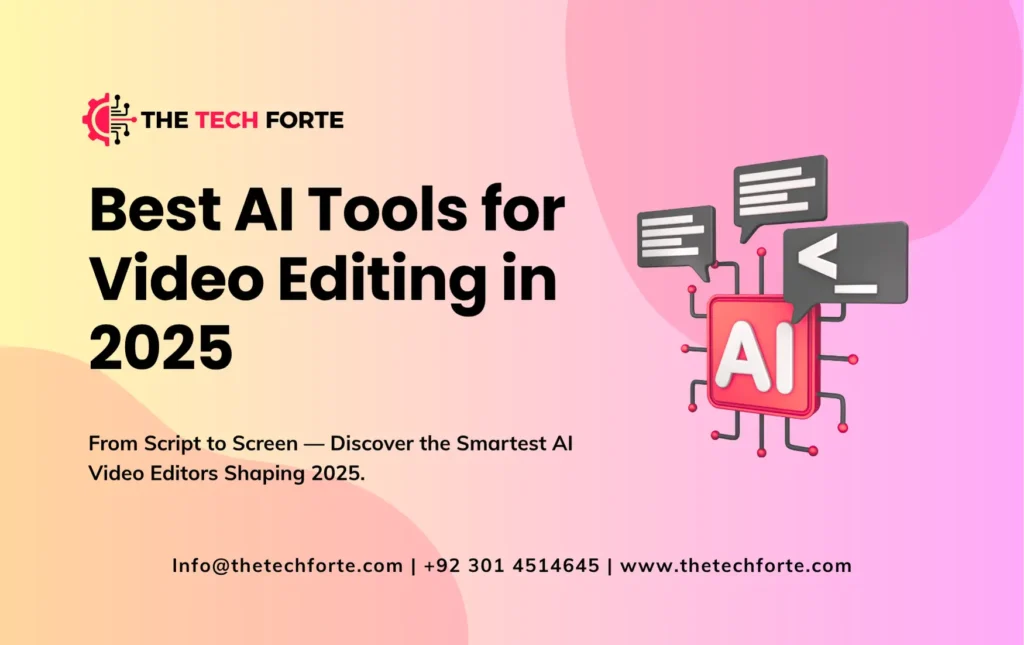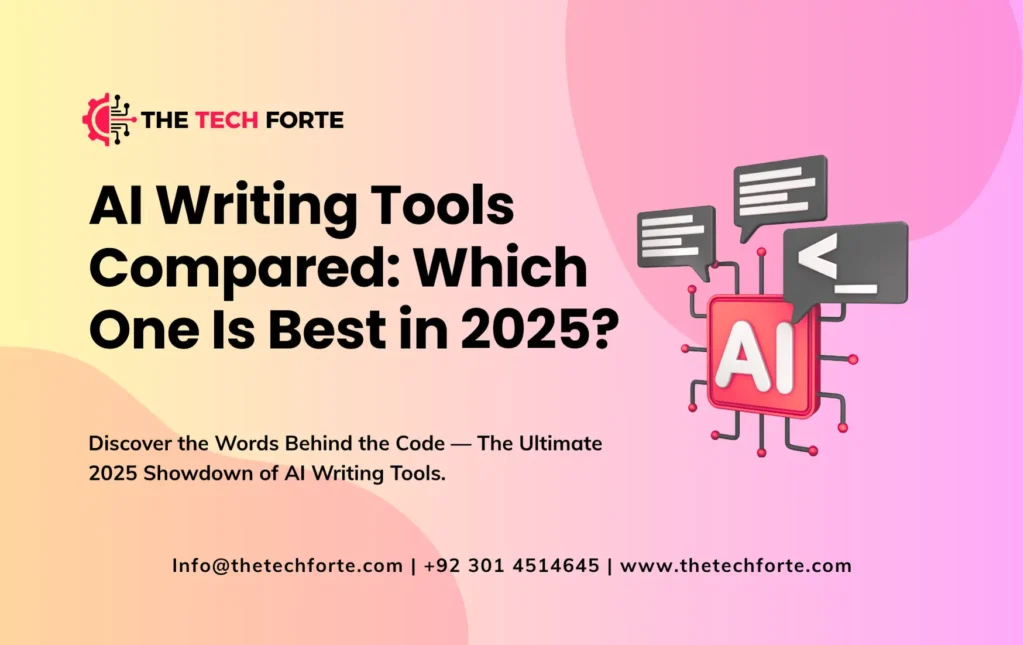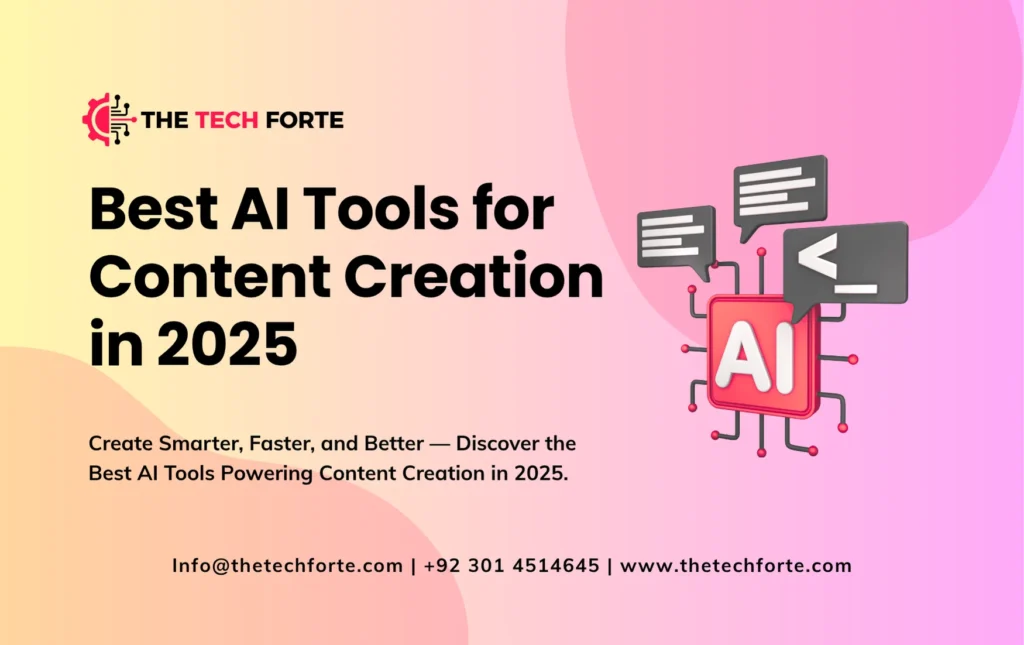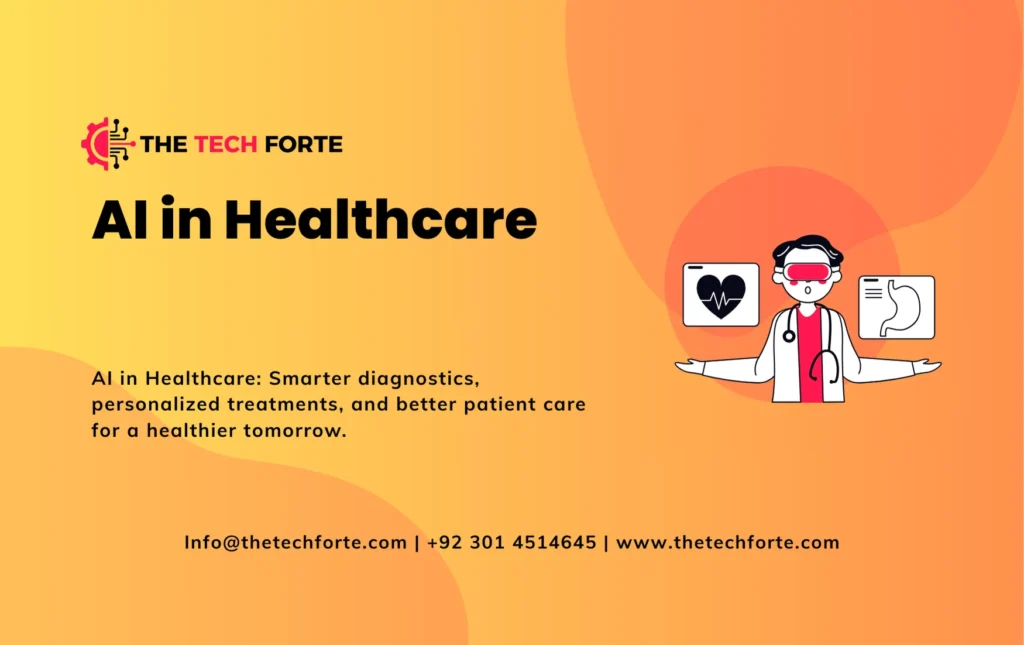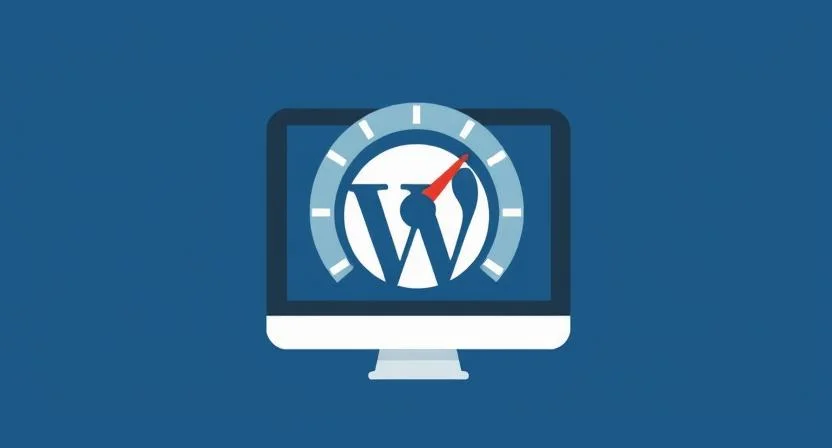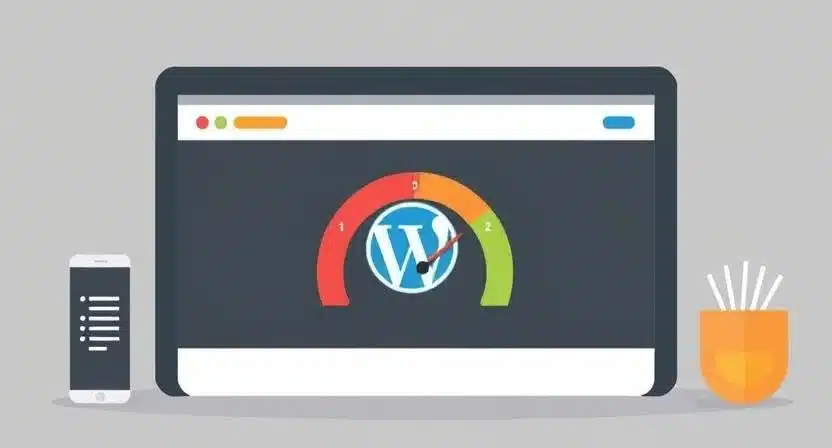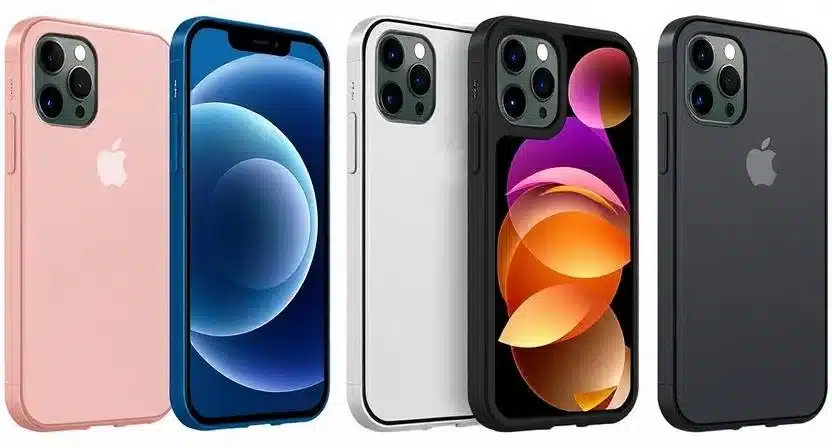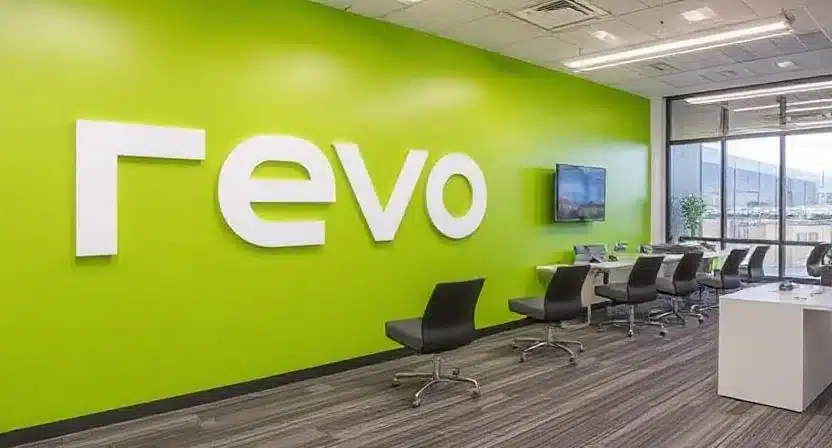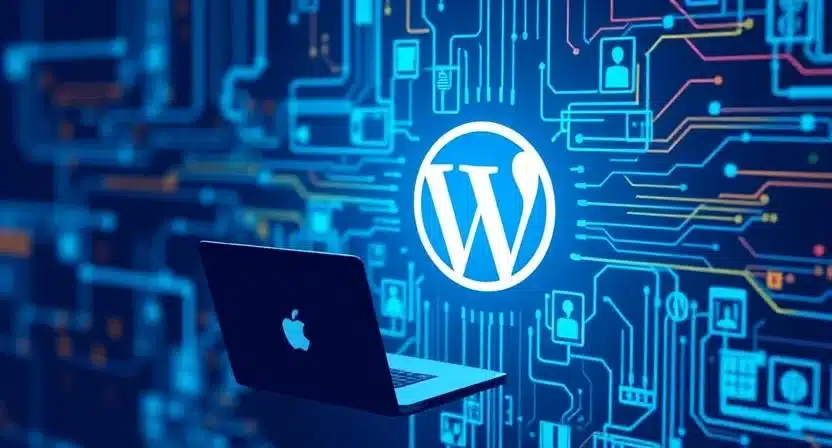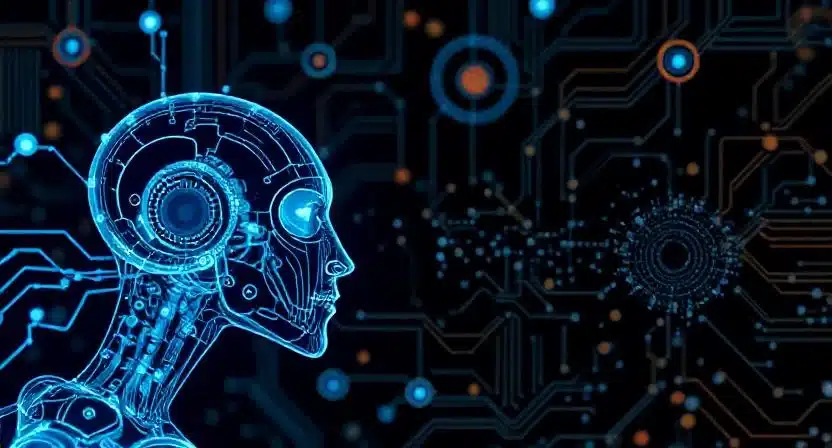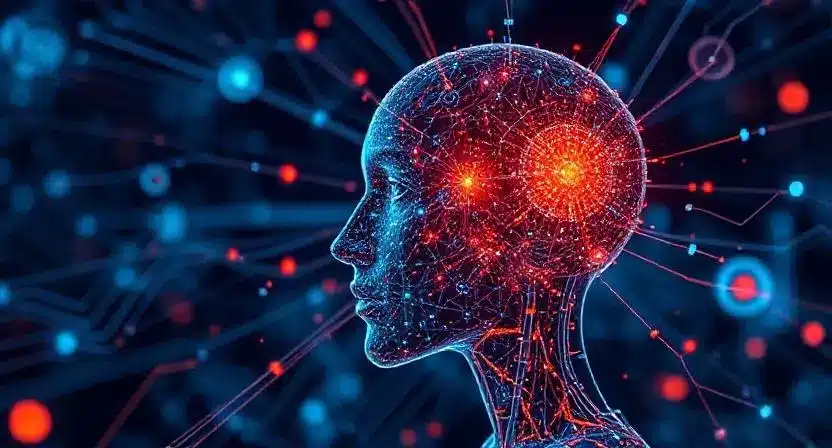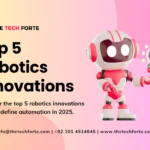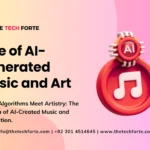Technology in Transportation: From EVs to Flying Cars
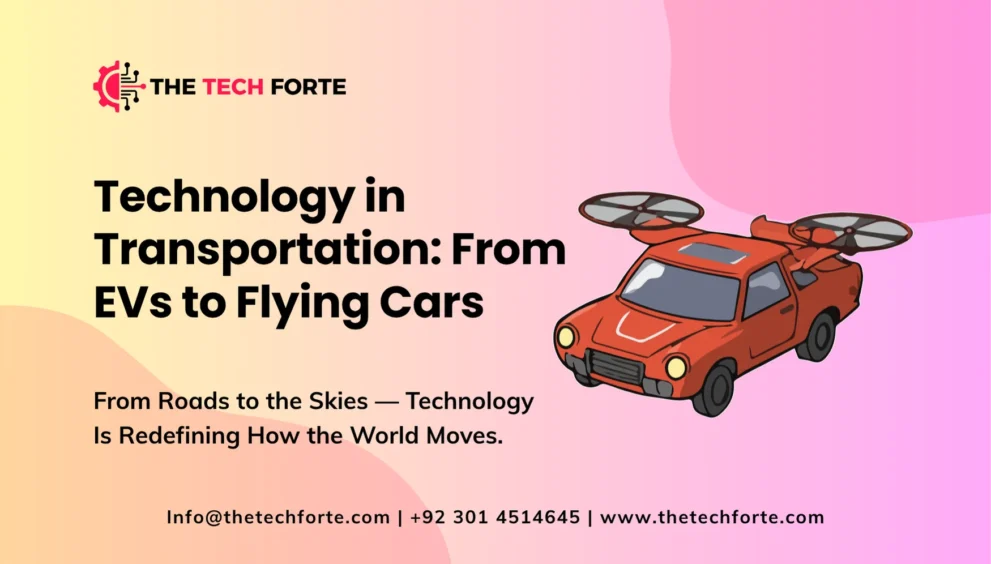
The world of transportation is undergoing an extraordinary transformation. What began with steam engines and combustion motors has now evolved into an era of electric vehicles (EVs), autonomous cars, and even flying vehicles. The rise of technology in transportation is reshaping how we move, work, and live — pushing boundaries that once existed only in science fiction.
From AI-driven traffic systems to urban air mobility solutions, every aspect of mobility is being revolutionized. As cities become smarter and sustainability takes center stage, the future of transportation technology is set to define the next generation of global mobility.
The Evolution of Modern Transportation Systems
Transportation has always mirrored human innovation. In the 19th century, steam engines changed the world; in the 20th century, combustion engines fueled global progress. But the 21st century’s transportation revolution is digital.
Today’s modern transportation systems integrate AI, IoT, robotics, and renewable energy to achieve seamless connectivity and efficiency. Governments and private sectors are investing heavily in smart transportation systems, connected vehicles, and sustainable infrastructure, making mobility cleaner, faster, and safer.
The Rise of Electric Vehicles (EVs): Driving a Clean Future
Electric vehicles are at the forefront of technological advancement in transportation. As fossil fuels decline and environmental regulations tighten, EV technology has emerged as the solution to reducing global carbon emissions.
Companies like Tesla, BYD, and Rivian have proven that performance and sustainability can coexist. Battery technology advancements, particularly in solid-state batteries, are enabling longer ranges, faster charging, and lower costs.
The EV charging network expansion is another critical innovation, allowing drivers to recharge at public stations or home setups within minutes. By 2025, electric vehicles are expected to make up nearly half of new car sales globally — a testament to the rapid clean mobility revolution.
Flying Cars and Urban Air Mobility: From Concept to Reality
The once-fantastical idea of flying cars is now closer than ever to reality. Companies like Joby Aviation, AeroMobil, and Vertical Aerospace are developing electric vertical take-off and landing (eVTOL) aircraft that promise to redefine urban travel.
This shift, referred to as urban air mobility (UAM), aims to solve one of modern cities’ biggest challenges — traffic congestion. These vehicles use electric propulsion, making them quiet, efficient, and sustainable.
According to research published in ScienceDirect (2025), flying electric cars could reduce urban commute times by up to 60% and contribute significantly to smart city mobility initiatives.
Artificial Intelligence in Transportation
AI in transportation is a game-changer. Machine learning algorithms are being used to analyze massive datasets from vehicles, roads, and infrastructure. This leads to optimized routes, predictive maintenance, and real-time traffic management.
For instance, AI-driven logistics systems can predict delivery times and optimize fuel efficiency, while autonomous vehicles use neural networks to detect obstacles and make split-second driving decisions.
Moreover, AI retail analytics is extending into transportation with personalized ride-sharing and on-demand smart transport systems, improving the overall commuter experience.
The Role of IoT and Connected Vehicle Technology
The Internet of Things (IoT) connects vehicles, infrastructure, and devices into a single ecosystem known as connected vehicle technology. This network allows vehicles to communicate with traffic lights, navigation systems, and each other — enhancing safety and efficiency.
For example, smart highways equipped with IoT sensors can detect weather conditions, track vehicles, and alert authorities about accidents in real time. This transportation digital transformation is essential for building an intelligent transport infrastructure that supports self-driving and automated systems.
Sustainable Transport Innovations and Green Mobility
Sustainability is the heartbeat of future transportation. With the transport sector being one of the largest carbon emitters, innovations are increasingly focused on green transportation solutions.
Electric buses, hydrogen-powered trains, and solar-charged vehicles are being introduced worldwide. Furthermore, cities are integrating AI-powered public transport systems and eco-friendly infrastructure to promote zero-emission mobility.
According to the EvisionEVs report on flying electric cars, the future lies in sustainable transport innovations that merge renewable energy sources with smart systems to achieve a cleaner, greener planet.
The Integration of Smart Infrastructure
Transportation doesn’t evolve in isolation — it needs a smart city ecosystem to thrive. Smart infrastructure, including digital traffic management, wireless communication grids, and sensor-based monitoring systems, plays a crucial role.
These systems allow for real-time data collection and adaptive responses, such as rerouting traffic or adjusting light timings. In 2025 and beyond, cities that invest in smart transportation systems will enjoy improved public safety, reduced congestion, and enhanced commuter satisfaction.
Autonomous Vehicles and Self-Driving Technology
Autonomous cars are redefining road travel. Powered by AI, lidar, radar, and GPS, these vehicles can navigate complex roadways without human input. Companies like Waymo, Tesla, and Cruise are leading the charge in creating safer and more efficient road networks.
By 2030, self-driving cars are expected to reduce human-caused accidents by over 90%. They’ll also improve logistics by reducing delivery times and optimizing routes, making next-gen mobility trends more efficient than ever.
Challenges in Transportation Digital Transformation
Despite its progress, the transportation digital transformation faces challenges. High costs, cybersecurity threats, regulatory hurdles, and public acceptance remain barriers.
Additionally, as vehicles become more connected, concerns over data privacy and AI decision-making ethics grow. Governments must develop clear policies and sustainable frameworks to ensure innovation benefits everyone without compromising safety or privacy.
The Road Ahead: What’s Next in Smart Mobility?
Looking toward 2025 and beyond, the transportation industry is expected to experience exponential growth driven by AI, IoT, and renewable energy.
We’ll see an increase in drone taxis, AI-powered logistics, hyperloop development, and electric aviation. Future transportation systems will not just move people — they’ll communicate, adapt, and evolve with them.
The integration of smart technologies will give rise to intelligent transport ecosystems that are sustainable, efficient, and inclusive — marking the dawn of a new era of human mobility.
Frequently Asked Questions (FAQs)
What is technology in transportation?
Technology in transportation refers to innovations like AI, IoT, electric vehicles, and automation that improve mobility efficiency, sustainability, and safety.
How is AI used in transportation?
AI is used for predictive traffic analysis, autonomous driving, and logistics optimization, enabling faster and safer travel.
What is the future of flying cars?
By 2025, flying cars (eVTOLs) will enter pilot programs in major cities, focusing on urban air mobility, energy efficiency, and sustainable transport.
Are electric vehicles the future of transportation?
Yes, EVs are central to the green mobility revolution, offering low emissions, high efficiency, and improved performance.
How will smart infrastructure change urban life?
Smart infrastructure will reduce congestion, improve emergency response, and enable real-time data-driven transport management in cities.
Conclusion: Driving Into the Future
The evolution of transportation technology is no longer a distant vision — it’s happening now. From electric vehicles to flying cars, from AI traffic systems to sustainable infrastructure, innovation is transforming how we move through the world.
The future of transportation is intelligent, clean, and connected, paving the way for a more efficient and sustainable planet.


